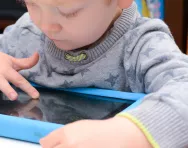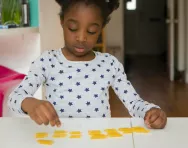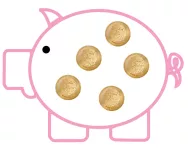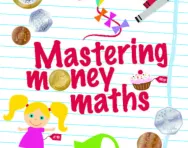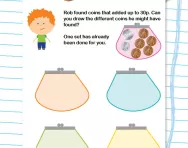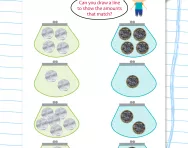TheSchoolRun.com closure date
As we informed you a few months ago, TheSchoolRun has had to make the difficult decision to close due to financial pressures and the company has now ceased trading. We had hoped to keep our content available through a partnership with another educational provider, but this provider has since withdrawn from the agreement.
As a result, we now have to permanently close TheSchoolRun.com. However, to give subscribers time to download any content they’d like to keep, we will keep the website open until 31st July 2025. After this date, the site will be taken down and there will be no further access to any resources. We strongly encourage you to download and save any resources you think you may want to use in the future.
In particular, we suggest downloading:
- Learning packs
- All the worksheets from the 11+ programme, if you are following this with your child
- Complete Learning Journey programmes (the packs below include all 40 worksheets for each programme)
You should already have received 16 primary school eBooks (worth £108.84) to download and keep. If you haven’t received these, please contact us at [email protected] before 31st July 2025, and we will send them to you.
We are very sorry that there is no way to continue offering access to resources and sincerely apologise for the inconvenience caused.
9 ways to teach your children the value of money
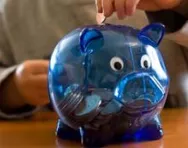
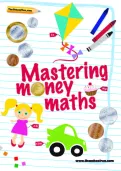
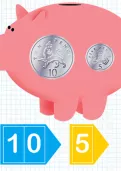
Download FREE money maths resources!
- Mastering money maths workbook
- Year-by-year money maths worksheets
- Teachers' tips and tricks
- Interactive money maths tutorials
1. Introduce money early
Familiarise your children with money early on by collecting coins and engaging in activities such as looking at the different coins together, practising naming the coins and sorting the coins by colour or value.
2. Remind them – money doesn’t grow on trees
When children start to become aware of money, it’s often a good time to explain to them where it comes from. Many children think it comes from Mum and Dad’s pockets and don’t realise that it has been earned through hard work and that you can only spend what you earn.
3. Give pocket money
Pocket money is a great way of teaching kids the value of money and introducing the concepts of earning and saving. Pocket money can either be initiated as a set amount of money a week or you can give your children the opportunity to earn money through chores such as 20p for tidying their room or unloading the dishwasher. The trick with pocket money is to be consistent. If a child runs out of money during the week don’t give them any more as they need to learn that once it’s gone...it’s gone!
4. Make saving a habit
It’s good to get children into the habit of saving from a young age. This way when they are older and need to save for a car or a holiday themselves, this skill will come naturally. Encourage them to save by talking about the things they want to save for, such as a new toy or a bike.
5. Play money games
Many young children love make believe games. Encourage them to play shopping games where you give them a certain amount of money and ask them to select items which they believe they could buy for this much money, e.g. £2 could buy them a pencil case or a magazine. This will help to familiarise them with the value of certain items.
6. Take them shopping
When in shops with your children, point out the price of items to them. Again this will help to familiarise them with the cost of certain items and different brands.
7. Distinguish luxuries and necessities
Highlight the difference between luxury and necessity items. Necessities are things such as food and toiletries. Luxuries are goods such as computer games, DVDs or TVs which cost more and can only be bought once the necessities have been taken care of.
8. Introduce the concept of banking
Once your child has a grasp on the value of money and the importance of saving, explain how adults use banks to store their money and to save. Open a bank account in your child’s name where they can deposit pocket money and Christmas money. Encourage them to review their account and watch their savings grow until they have enough to buy something they want.
9. Explain debit and credit cards
A debit card is a way of accessing your money held in the bank so that you don’t have to carry around lots of cash and coins. A credit card is a way of borrowing money that you have to pay back. Ensure that they understand that cash machines don’t give out “magic money” – it’s money that you’ve earned.
Help your child learn about money: financial education resources for kids
The Money Advice Service has a special section on its website called You, Your Kids & Money which offers free, impartial advice and tips for parents.
The free interactive financial education programme from UK charity MyBnk includes finances home learning courses and activities for KS1, KS2 and secondary school children.
